- January 6, 2025

When you log into a social media app for the first time, its navigation requires little to no training at all. It is often intuitive – letting users easily find their way around. For business-to-business technology platforms, this is often a different story.
Technological integration in the built environment is a struggle for many businesses – the industry-standard SFG20 found that only 20% of organisations wholeheartedly embrace digital-led maintenance, with 43% reporting that system integration is their biggest challenge.
Corporate technology often requires extensive training for initial use, and can, quite frankly, still be confusing and inefficient. This is often exacerbated in the FM industry, where staff aren’t all in one place, and have no access to desktops or laptops.
Training thousands of frontline workers on the intricacies of workplace and communication platforms takes time, money, and if it proves too difficult to use, causes frustration, poor productivity and can even increase employee attrition rates.
Consumer-style, accessible technology is the solution to bridge the gap between frontline workers and management. App-based software configured and deployed correctly can do so much more than just show workers their shifts; it can offer translation technology for employees whose primary language is not English, algorithmic learning to suggest their preferred shift times and even new learning opportunities.
Reaching out through technology
Frontline and mobile workers are often the hardest people to reach in any FM organisation. These employees need stronger connections with their managers and the organisation they work for. The solution? Technology.
However, that technology needs to meet employees where they are at, quite literally, and in a user-friendly structure. Though tools like WhatsApp are now commonplace for direct communication, they still require the manual process of managers reaching out individually to workers to establish when they are free to cover shifts. That process can be clunky and doesn’t allow cleaning operatives to proactively find new opportunities.
To be user-friendly and optimised for mobile use, the app SBFM developed needed an “uberised” interface, with clear mechanisms for employees to see what shifts were available depending on their geographic area. These applications cut down on so much back and forth, which is priceless for effective response times, saving time and money.
For those who do not speak English, built-in translation options can also allow operatives to receive information and communicate directly in their native language. That not only streamlines communication but also gives people the confidence to request shifts and direct access to discuss any concerns they may have with their managers.
Easy-to-use applications make cleaning shifts and communication itself more accessible for a wider number of colleagues, as well as offering account clarity.
Increasing earning potential
Accessible technology can also enhance operatives’ earning potential. Applications can use specially designed algorithmic learning tools to show what available shifts operatives can uptake, depending on their learned preferences and, in a similar fashion to Uber, the geographical area they are willing to work within.
That allows operatives to choose to work as and when they need to, and the geographical mapping reduces time and fuel waste as operatives don’t need to travel long distances for additional shifts. This technology can therefore be a springboard for more sustainable practices overall.
For example, if a cleaning team is needed the next morning by a client, local operatives are shown the opportunity so anyone available who has the required skillset can choose to work. This is especially valuable for colleagues who require flexibility around, for example, the school run or their studies.
That flexibility is vital to the modern FM landscape, where clients increasingly require services on-demand that they can dial up or down as needed. It helps operatives increase their earning potential by serving clients when new opportunities arise, and it allows FM providers to be attuned to their clients’ changing needs.
New opportunities
Beyond flexible working options and shift scheduling, a business-to-consumer (B2C) style application can offer additional learning opportunities to upskill colleagues. A built-in learning programme can include a rating system, showing the skills and practices operatives have learned, and what areas they can focus on to improve. Similarly to B2C platforms, this can also involve gamification, to boost engagement by making learning programmes interactive and easy to access in-app.
This technology allows frontline workers to take an active part in their upskilling by accessing a library of useful and fun content, helping to boost morale and aid personal and professional development.
The future
App-based technology is the future of employee communication platforms in the FM industry. Without it, the old ways of clunky analogue communication, language barriers and inflexible schedules will hinder engagement, and prevent workers from accessing new opportunities and increasing their earning potential.
Improved communication and accessible opportunities are key to a thriving FM workforce – new technology can keep FM providers connected to their employees, improve efficiencies and deliver a better service to clients.
Deployed correctly, this technology has the potential to revolutionise the FM industry.
